Victoria Hodge
Robustness Requirement Coverage using a Situation Coverage Approach for Vision-based AI Systems
Jul 17, 2025Abstract:AI-based robots and vehicles are expected to operate safely in complex and dynamic environments, even in the presence of component degradation. In such systems, perception relies on sensors such as cameras to capture environmental data, which is then processed by AI models to support decision-making. However, degradation in sensor performance directly impacts input data quality and can impair AI inference. Specifying safety requirements for all possible sensor degradation scenarios leads to unmanageable complexity and inevitable gaps. In this position paper, we present a novel framework that integrates camera noise factor identification with situation coverage analysis to systematically elicit robustness-related safety requirements for AI-based perception systems. We focus specifically on camera degradation in the automotive domain. Building on an existing framework for identifying degradation modes, we propose involving domain, sensor, and safety experts, and incorporating Operational Design Domain specifications to extend the degradation model by incorporating noise factors relevant to AI performance. Situation coverage analysis is then applied to identify representative operational contexts. This work marks an initial step toward integrating noise factor analysis and situational coverage to support principled formulation and completeness assessment of robustness requirements for camera-based AI perception.
Probabilistic Safety Verification for an Autonomous Ground Vehicle: A Situation Coverage Grid Approach
Jul 16, 2025Abstract:As industrial autonomous ground vehicles are increasingly deployed in safety-critical environments, ensuring their safe operation under diverse conditions is paramount. This paper presents a novel approach for their safety verification based on systematic situation extraction, probabilistic modelling and verification. We build upon the concept of a situation coverage grid, which exhaustively enumerates environmental configurations relevant to the vehicle's operation. This grid is augmented with quantitative probabilistic data collected from situation-based system testing, capturing probabilistic transitions between situations. We then generate a probabilistic model that encodes the dynamics of both normal and unsafe system behaviour. Safety properties extracted from hazard analysis and formalised in temporal logic are verified through probabilistic model checking against this model. The results demonstrate that our approach effectively identifies high-risk situations, provides quantitative safety guarantees, and supports compliance with regulatory standards, thereby contributing to the robust deployment of autonomous systems.
Analysing Ultra-Wide Band Positioning for Geofencing in a Safety Assurance Context
Mar 11, 2022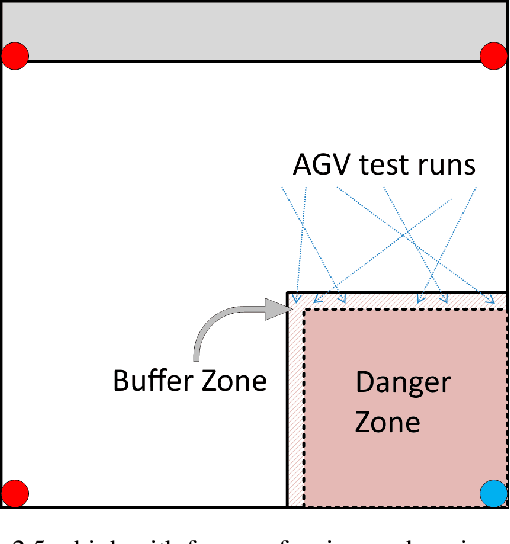
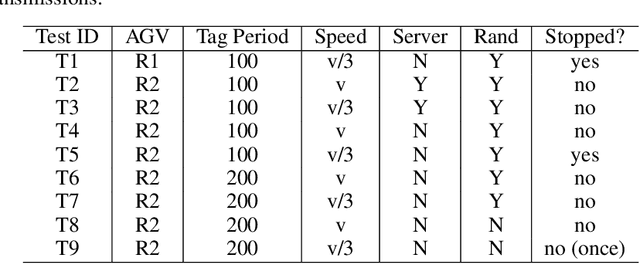
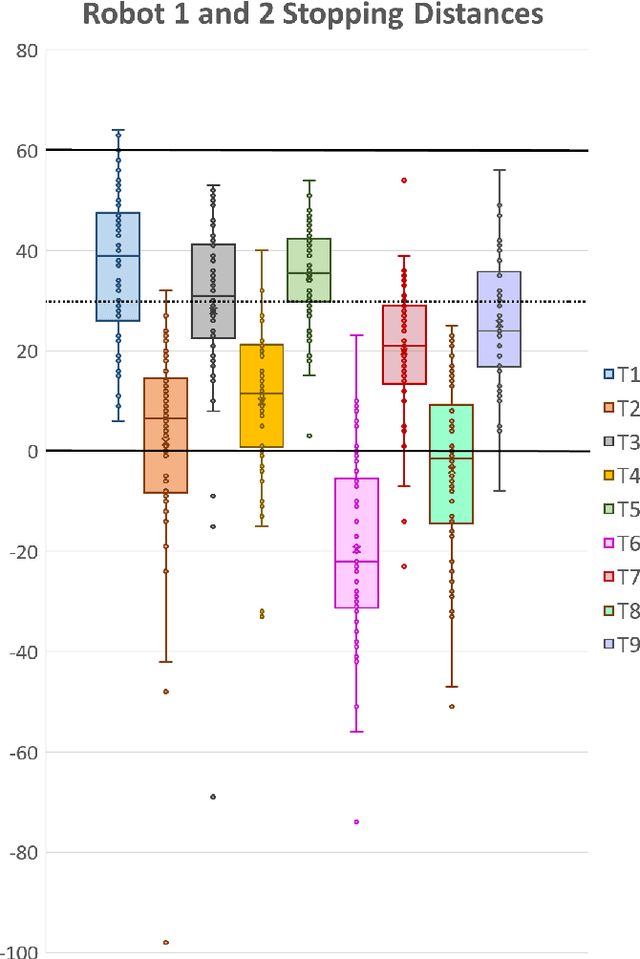
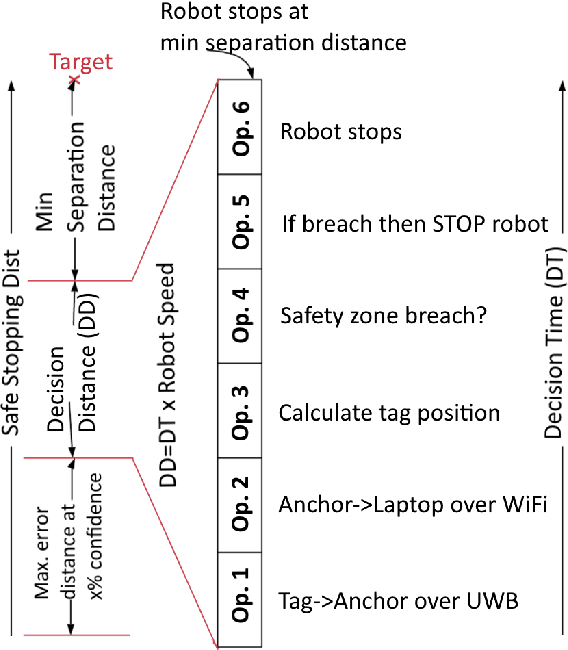
Abstract:There is a desire to move towards more flexible and automated factories. To enable this, we need to assure the safety of these dynamic factories. This safety assurance must be achieved in a manner that does not unnecessarily constrain the systems and thus negate the benefits of flexibility and automation. We previously developed a modular safety assurance approach, using safety contracts, as a way to achieve this. In this case study we show how this approach can be applied to Autonomous Guided Vehicles (AGV) operating as part of a dynamic factory and why it is necessary. We empirically evaluate commercial, indoor fog/edge localisation technology to provide geofencing for hazardous areas in a laboratory. The experiments determine how factors such as AGV speeds, tag transmission timings, control software and AGV capabilities affect the ability of the AGV to stop outside the hazardous areas. We describe how this approach could be used to create a safety case for the AGV operation.
Time to Die: Death Prediction in Dota 2 using Deep Learning
May 21, 2019
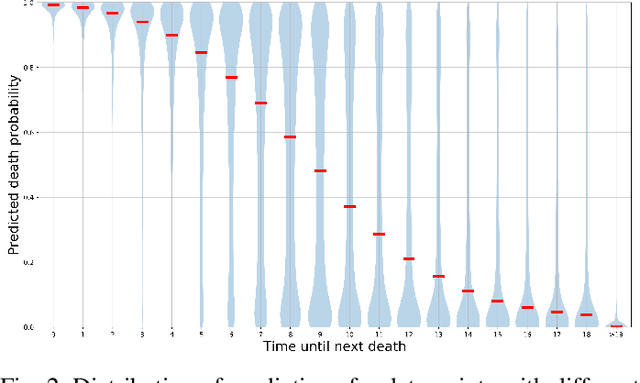
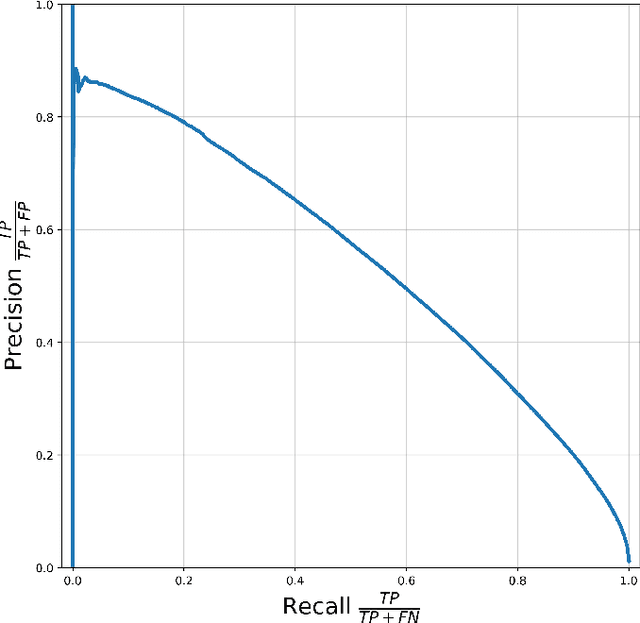
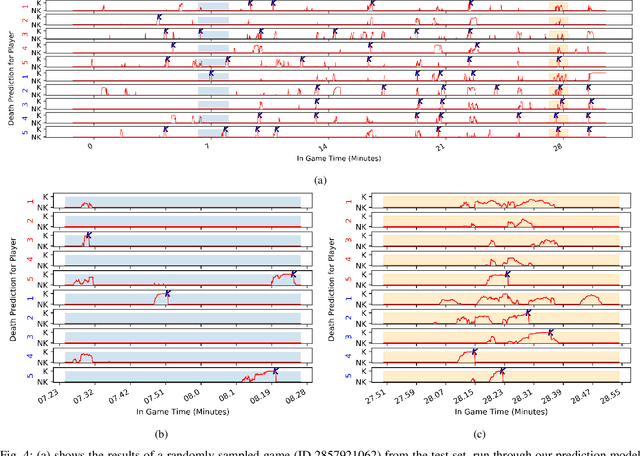
Abstract:Esports have become major international sports with hundreds of millions of spectators. Esports games generate massive amounts of telemetry data. Using these to predict the outcome of esports matches has received considerable attention, but micro-predictions, which seek to predict events inside a match, is as yet unknown territory. Micro-predictions are however of perennial interest across esports commentators and audience, because they provide the ability to observe events that might otherwise be missed: esports games are highly complex with fast-moving action where the balance of a game can change in the span of seconds, and where events can happen in multiple areas of the playing field at the same time. Such events can happen rapidly, and it is easy for commentators and viewers alike to miss an event and only observe the following impact of events. In Dota 2, a player hero being killed by the opposing team is a key event of interest to commentators and audience. We present a deep learning network with shared weights which provides accurate death predictions within a five-second window. The network is trained on a vast selection of Dota 2 gameplay features and professional/semi-professional level match dataset. Even though death events are rare within a game (1\% of the data), the model achieves 0.377 precision with 0.725 recall on test data when prompted to predict which of any of the 10 players of either team will die within 5 seconds. An example of the system applied to a Dota 2 match is presented. This model enables real-time micro-predictions of kills in Dota 2, one of the most played esports titles in the world, giving commentators and viewers time to move their attention to these key events.
Win Prediction in Esports: Mixed-Rank Match Prediction in Multi-player Online Battle Arena Games
Nov 17, 2017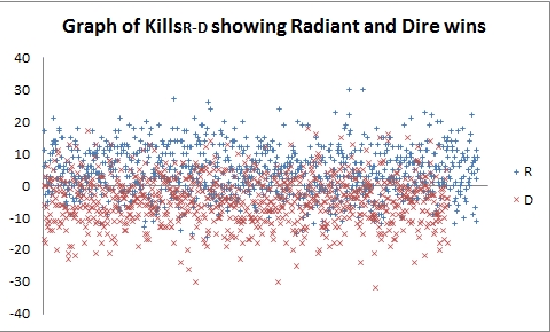
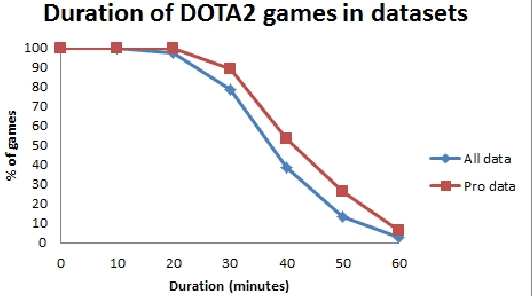
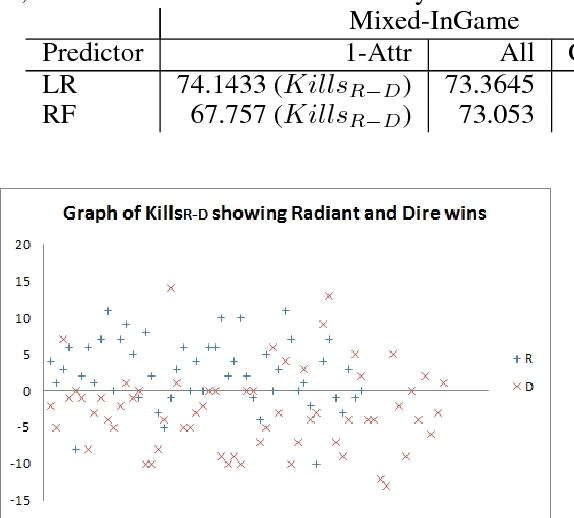
Abstract:Esports has emerged as a popular genre for players as well as spectators, supporting a global entertainment industry. Esports analytics has evolved to address the requirement for data-driven feedback, and is focused on cyber-athlete evaluation, strategy and prediction. Towards the latter, previous work has used match data from a variety of player ranks from hobbyist to professional players. However, professional players have been shown to behave differently than lower ranked players. Given the comparatively limited supply of professional data, a key question is thus whether mixed-rank match datasets can be used to create data-driven models which predict winners in professional matches and provide a simple in-game statistic for viewers and broadcasters. Here we show that, although there is a slightly reduced accuracy, mixed-rank datasets can be used to predict the outcome of professional matches, with suitably optimized configurations.
 Add to Chrome
Add to Chrome Add to Firefox
Add to Firefox Add to Edge
Add to Edge